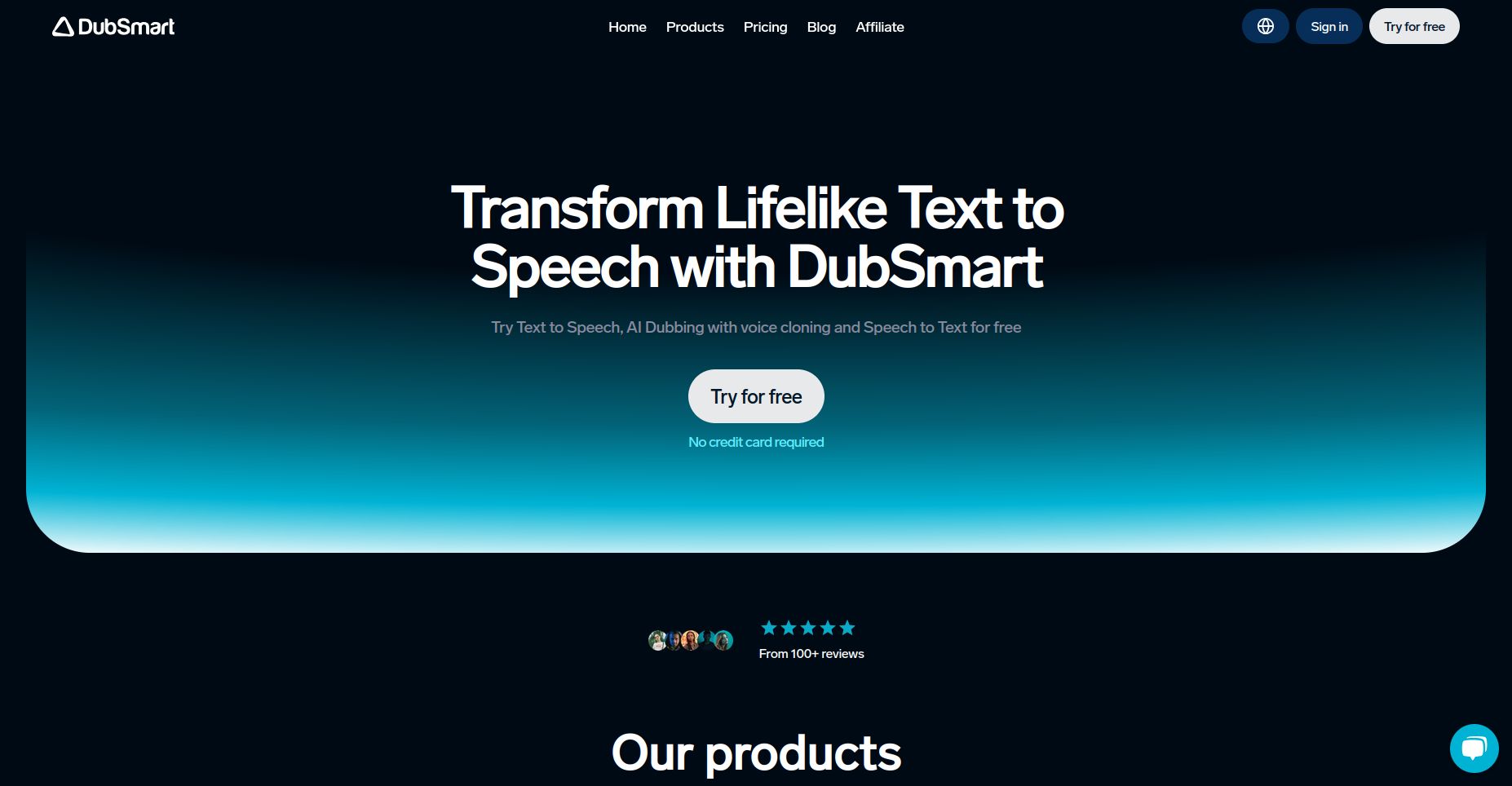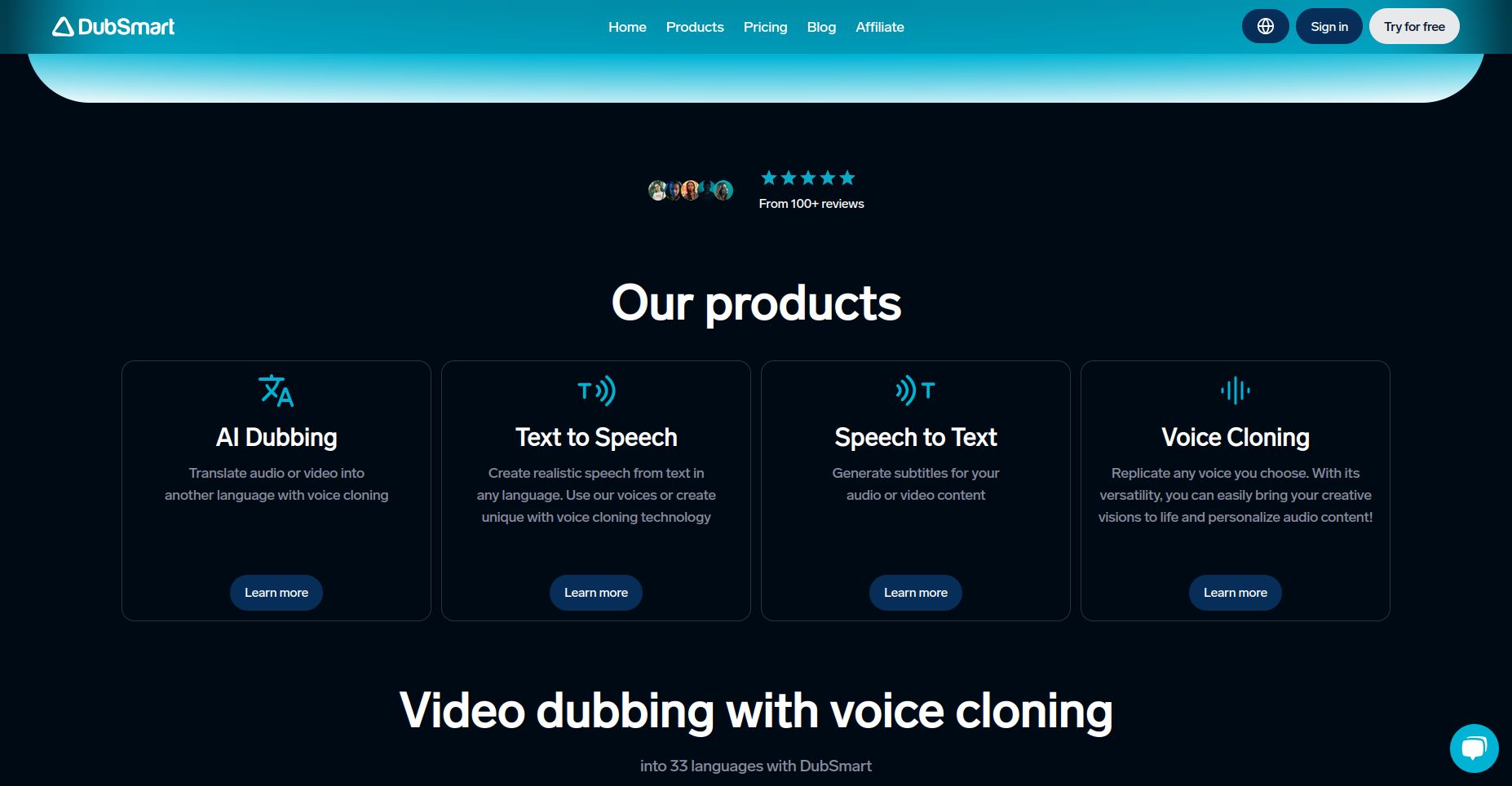How AI Voices Improve Personalized Learning
AI voice technology is transforming education by making learning more engaging, accessible, and efficient. Here's what you need to know:
- Better Learning Outcomes: Students retain 25-35% more knowledge and learn languages 40% faster using AI voices compared to text-only methods. Dyslexic learners complete tasks 60% faster with narrated content.
- Cost-Effective: AI voices are 95% cheaper than hiring human voice actors, making advanced tools affordable for schools and organizations.
- Personalization: Adjustable features like speed, tone, and pitch help cater to individual learning styles, improving comprehension by 42%.
- Global Access: AI voices support 142 languages, cutting localization costs by 68% and ensuring high-quality learning materials for diverse students.
AI voices are reshaping education by creating tailored, multilingual, and engaging learning experiences while maintaining ethical and practical safeguards. Read on to explore their benefits, setup tips, and real-world success stories.
Benefits of AI Voices in Learning
Adapting to Student Learning Styles
AI voice technology has changed how educational content caters to individual learning needs. Modern AI tools analyze how students interact with materials and adjust voice settings to improve comprehension. These changes might include altering speed (from 0.5x to 3x the normal rate) or tweaking pitch (ranging from 80-220Hz), allowing students to absorb information at a pace that suits them best.
Research highlights the impact of this personalization, with studies showing a 42% faster skill acquisition when tailored AI voices are used instead of generic ones. It also opens doors for global learners by offering support in multiple languages.
Breaking Language Barriers
AI voices with multilingual support are making education more accessible worldwide. Advanced text-to-speech systems now handle dozens of languages and regional accents, helping students from diverse backgrounds access high-quality learning materials. The results speak for themselves:
- Supports 142 languages with a 98% naturalness rating
- Cuts localization expenses by 68%
For instance, a Brazilian university adopted AI-powered language tools, significantly lowering costs while maintaining quality. This technology ensures consistent performance, regardless of the language or accent.
Ensuring Clear and Engaging Content
AI voices deliver reliable quality across educational materials, using advanced features to keep learners engaged. Key technical highlights include:
- High-quality articulation with a 22050Hz sample rate
- Instant responsiveness
- Customizable pitch for emphasis
For example, the University of Murcia integrated AI-powered student support and achieved 91% accuracy in interactions, boosting course completion rates by 23%. This reflects a broader trend across European universities, where AI voice technology is helping more students finish their courses.
Setting Up AI Voices for E-Learning
Selecting AI Voice Software
When choosing AI voice tools, focus on three key factors: audio quality (at least 22050Hz), multilingual support, and compatibility with LMS standards like SCORM or xAPI. To ensure smooth performance, modern platforms typically need a minimum of 5 Mbps bandwidth for streaming and around 100MB of storage per hour of audio content.
Here’s what to look for when evaluating voice engines:
| Feature | Recommended Specifications | Impact on Learning |
|---|---|---|
| Speech Rate | 120-160 words per minute | Ensures better understanding |
| Language Support | Multiple languages and accents | Broadens accessibility |
| API Integration | SCORM/xAPI compatibility | Seamless LMS integration |
Once you’ve selected a tool, integrating it into your existing platform requires careful technical planning to ensure everything works smoothly.
Adding AI Voices to Learning Platforms
Integrating AI voices into e-learning systems builds on the personalized benefits highlighted earlier. For instance, Blue Sky eLearn’s case study revealed a 40% decrease in course production time after implementing structured integration. Here’s an outline of the process:
-
Technical Setup
- Use RESTful APIs with SSO authentication for secure integration.
- Allocate storage of 100MB per hour of audio content.
- Content Mapping Align your content with SCORM or xAPI standards to enable progress tracking and create personalized learning paths.
-
Quality Assurance
Conduct thorough checks to maintain the high-quality experience established during voice customization. Key steps include:
- Automated SSML validation to check for errors.
- Reviews by educator panels to ensure accuracy.
- Gathering feedback from students to refine the experience.
Tips for AI Voice Customization
Customizing AI voices can have a noticeable impact on learning outcomes. Studies indicate that well-configured AI voices can boost language retention by 28%.
To achieve this, adjust the following settings based on the content’s complexity:
- Speed: Modify playback speed between 0.5x and 3x.
- Tone: Switch between enthusiastic or neutral tones depending on the subject.
- Pauses: Adjust pause frequency for better clarity.
If you’re using voice cloning, always secure proper consent and ensure human oversight remains part of the process. Combining AI-driven tools with educator input creates a balanced and effective learning experience.
sbb-itb-f4517a0
Managing Risks and Ethics
While AI voice integration brings clear advantages, it’s crucial to address ethical and practical challenges for responsible use.
Balancing AI and Human Teaching
Using AI voices in education requires a thoughtful mix of automated and human-led instruction. For example, research from Georgia Tech showed their AI teaching assistant achieved 97% accuracy but still needed human input for more nuanced student interactions.
To get the best results, institutions are advised to limit AI voice use to 30-40% of total instruction time. This ensures AI takes care of routine tasks while keeping human interaction at the core of teaching.
| Activity Type | AI Voice Role | Human Teacher Role |
|---|---|---|
| Vocabulary Practice | Primary instruction | Progress monitoring |
| Critical Thinking | Support material | Active facilitation |
| Emotional Learning | Limited assistance | Primary guidance |
| Assessment | Automated feedback | Qualitative evaluation |
Using AI Voices Responsibly
The International Society for Technology in Education advises at least 12 hours of annual training for staff managing AI tools. Key training topics include:
- Data Protection: Implement GDPR/ADA-compliant encryption and ensure automatic deletion of voice data.
- Voice Cloning: Require consent, watermark audio files, and perform regular bias checks.
- Accessibility: Conduct frequent tests to maintain 95%+ ADA compliance.
These measures help protect student privacy while allowing personalized learning experiences.
"Consistent oversight and ethical guidelines are essential when implementing AI voice technology in educational settings", says Dr. Emily Tran from Stanford Medical School. "The focus should always remain on enhancing, not replacing, human instruction."
Additionally, offering offline modules and non-AI content ensures fair access for all students while upholding ethical standards in AI voice use.
Case Study: DubSmart in Education

DubSmart showcases how advanced tools can make a difference in education by turning technical features into practical learning solutions.
DubSmart's Learning Tools

DubSmart supports personalized learning with three main features: AI-powered video dubbing, text-to-speech, and speech-to-text services. Its voice cloning technology keeps the instructor's tone and style intact across 33 languages. For example, Tokyo International School reported a 32% increase in retention for science videos using the platform.
| Feature | Details |
|---|---|
| Supported Languages | 33 |
| Voice Training Time | 30+ minutes of audio |
| Storage Requirement | 1GB per hour (HD) |
Using DubSmart in Teaching
In Utah's school district, DubSmart was applied to math lessons tailored to Individualized Education Programs (IEPs). This approach allowed teachers to adjust pacing, helping meet students' unique learning styles.
"Dynamic narration speed adjustments during difficult content segments reduced cognitive load by 18% in our early beta tests", says Dr. Kristen Wall, emphasizing how this feature improves student focus.
DubSmart also ensures precise content delivery, achieving 98.7% accuracy in terminology across 12 languages. Cambridge University has adopted the platform on a larger scale, using it to handle multilingual content for a wide range of student needs.
Conclusion
Main Points Review
AI voice technology is reshaping education with impressive results: a 97% satisfaction rate among dyslexic learners, learners mastering languages 2.3x faster, and 91% accuracy in handling large-scale inquiries. These achievements highlight how AI improves accessibility and engagement, enabling more personalized learning experiences. They also pave the way for future developments that promise to refine tailored education even further.
What's Next for AI in Education
Looking ahead, AI voice tools are set to introduce new features aimed at deeper personalization, such as:
| Feature | Impact |
|---|---|
| Accent Adaptation | Adjusts dynamically to align with a learner's native dialect |
| Biometric Learning | Tailors content based on real-time engagement signals |
| VR Integration | Enables holographic instructors using voice cloning |
For example, platforms like DubSmart are already testing accent adaptation features, with plans for deployment in 2026.
"The EU's Artificial Intelligence Act mandates essential protections for educational applications starting 2026, including explicit consent protocols for voice replication and watermarking of synthetic audio".
